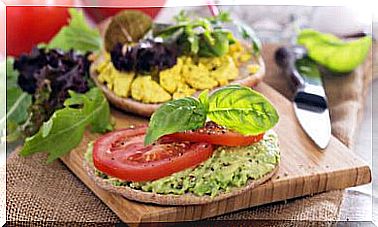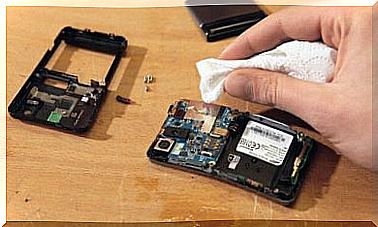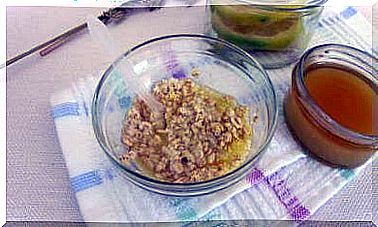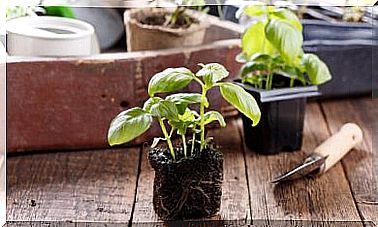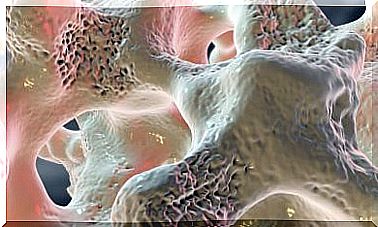What Is The Konjac Sponge And What Are Its Benefits?
The skin is the bigger organ of the body. It is that protective layer that keeps us healthy, but it is not limited to that. It also allows us to look good when we give it the right care. Therefore, it is worth following a beauty routine, maintaining a healthy diet and avoiding bad habits. In addition to this, it is convenient to know some accessories to keep it radiant, such as the konjac sponge.
Since it is important to treat the skin gently to prevent it from being abused, it is necessary to use suitable products for each type (dry, combination or oily), preferably natural. By using them there is a lower risk of allergies and dryness. This is where this sponge fits perfectly, as it offers certain benefits. In the following space we detail them.
What is the konjac sponge?
Konjac is an ancient Asian plant that grows in high altitude locations. It has a composition of 95% water and the rest are minerals. Sponges are removed from its roots. The Konjac Original sponge factory is in South Korea, on the volcanic island of Jeju. The plant is grown there.
After a year of growth, the root is extracted and pulverized to turn it into a flour that is mixed with highly purified sterile water that is allowed to mature. Then, it goes through a heat process with vaporization in molds.
The sponge is then allowed to stand at room temperature. Next, it is put in a freezing chamber several times and packaged with heat sealing to avoid contamination.
How do you use the konjac sponge?
The texture of the konjac sponge is dry, rough and rough. To use it, first of all, we must soak it in warm water to soften and soften. After doing this, it will swell a bit, but ideally its fibers should absorb enough water.
Once this is done, we are going to rub the face or other areas of the skin with the sponge, using gentle circular movements. It is not necessary to add anything, neither products nor soaps. By itself, it manages to eliminate impurities on the skin’s surface to leave pores clean.
Of course, if we have makeup on, we must remove it before starting the treatment. In this way, the sponge can fulfill its function without problem and will be clean for longer.

Type of sponges and their benefits
To date, research on the benefits of konjac sponge for skin is limited. Still, a study published in the American Journal of Dermatology and Venereology determined that konjac has topical therapeutic effects for conditions like acne. It even seems to be an adjunct in cases of severe acne.
In addition, it promotes wound healing, decreases the allergic response and improves the health of the skin in general. Anecdotal data also points to it cleansing pores as it helps with the exfoliation process. It is even believed that it activates blood circulation and helps tissue regeneration, but there is no evidence.
What is certain is that, by exfoliating, it removes dead cells from the outer layer of the skin, which often cause a dull, dry and aged appearance. In addition, they can be used by anyone, since they are available in various presentations, for every need. All are made from a natural plant fiber that has a shelf life of between 2 to 3 months.
Sponge with red clay
It is 90% konjac root and 10% red natural French fine clay. It is especially for mature skin with rosacea. Rosacea is a chronic inflammatory disorder characterized by facial flushing, redness in a limited area of the face, dilated blood vessels, skin bumps, or pus-filled bumps.
Konjac sponge with pink clay
This sponge is composed of 90% konjac root and 10% pink natural French fine clay. It is recommended for use on rough and dehydrated skin. Dehydrated skin, according to Bioderma, is a condition that can cause tightness in a strut area. It is also related to low water intake.
Green clay facial sponge
10% of this sponge is green natural French fine clay. It works especially on combination skin with a T zone. Paloma Cornejo, a dermatologist, says that “combination skin is those that have more sebaceous secretion on the forehead, nose and chin.”
In fact, the expert assures that it is the most common and most complex type of skin to treat. Often, it is necessary to take care of it with products that have plenty of water and little or no oils.
Black facial sponge
Its 10% active bamboo ash makes it ideal for oily and acne-prone skin. Oily skin is characterized by enlarged pores, a shiny appearance and an uneven texture. In people with this type of skin, the production of sebum causes bacteria to cause acne by multiplying.
Drop-shaped white sponge
It is made from 100% konjac root. Ideal for bathing babies because, due to its shape, folds and areas that are difficult to clean can be reached faster.
Green tea facial sponge
Because of its 10% green tea, this sponge is special for blemished skin. Irregular pigmentation of the skin, known as “hyperpigmentation” is a common problem.
Among the different types that exist are sun spots, which appear on the face, hands and other exposed areas. This type is the most common, and the green tea konjac sponge is believed to help reduce it.
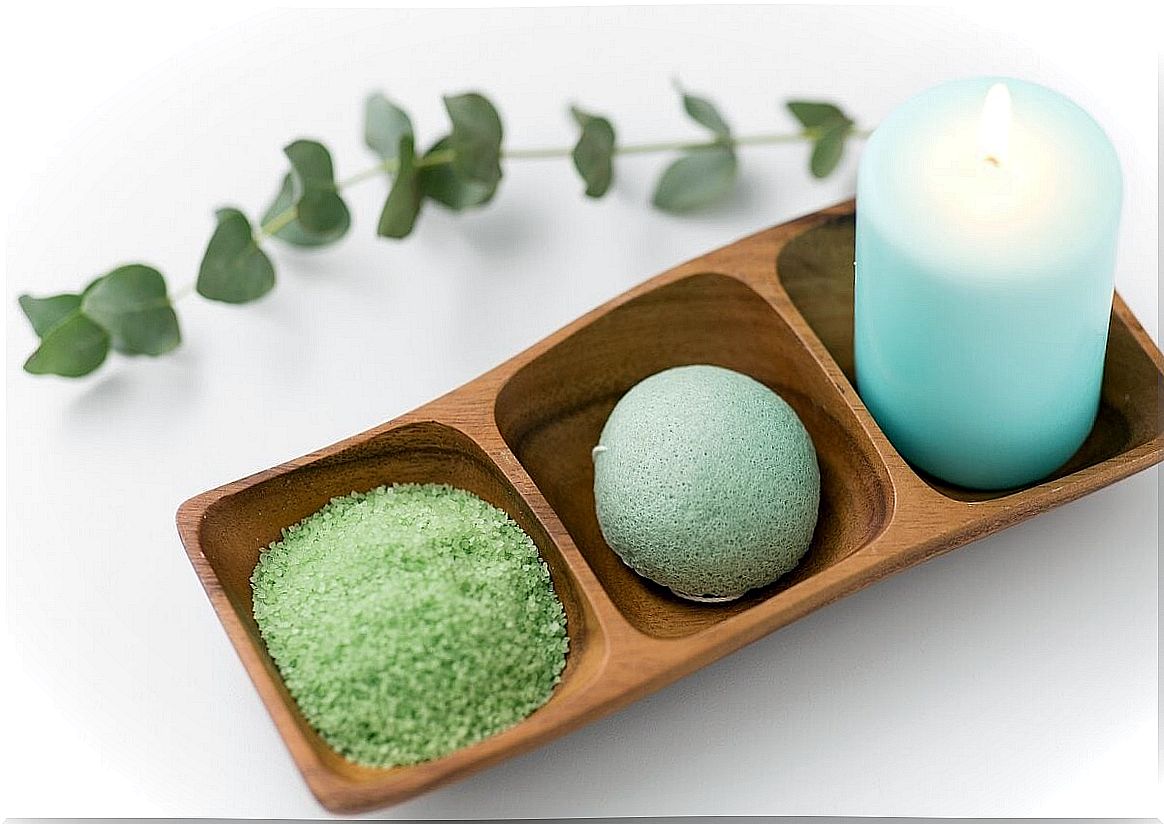
Facial sponge chamomile
It contains 10% chamomile and is recommended for hypersensitive skin, that is, hyper-reactive skin. Its application helps to clean the skin, without risk of allergies.
How to clean the konjac sponge?
To clean the sponge once we have used it, we just have to rinse it and rinse it well. It is recommended to boil it for a few minutes to disinfect it and, when it is dry, store it in the refrigerator. After three months it is better to replace it. However, it can be put into compost along with other organic waste.
Thus, these sponges are useful to facilitate exfoliation of all skin types. At the same time, it is kind to the environment, since it decomposes and does not pollute. Do you dare to use it?
